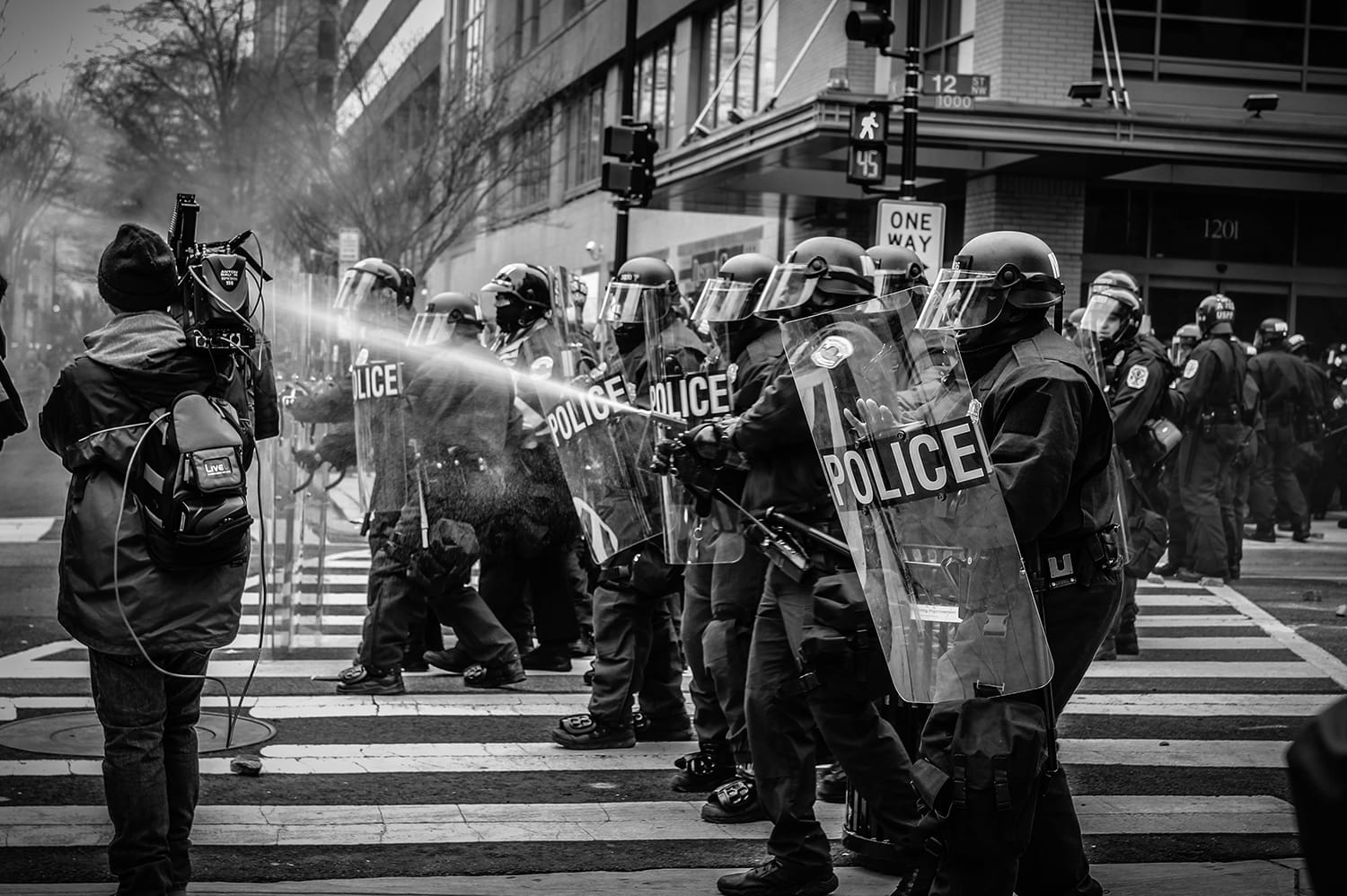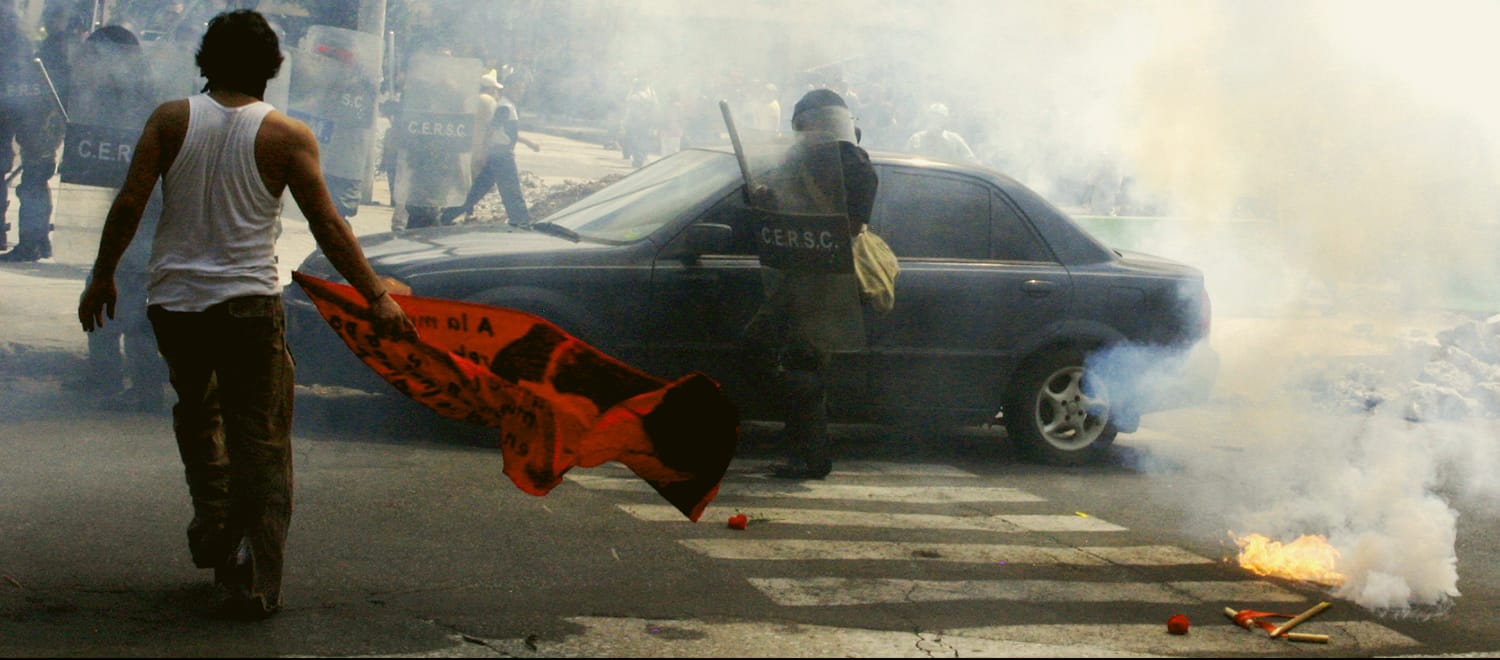Protest Photography 101
One of the most difficult things to photograph is an action scene or a situation where a lot of things are happening at the same time. This is why not a lot of photographers – amateur or professional – are not so keen about photographing protests.
Taking photos of protests and events of similar nature is challenging.
However, it is also something that can intrigue and captivate many, especially photographers who are devoted to using their photos to tell a story or to explore and share a message.

Likewise, protest photography also allows photographers to experience real and raw emotions. It helps paint a clearer picture of things that happened or are happening. In many situations, protest photography can help explain certain issues or incidents better.
However, as protest actions are events that involve a lot of people and where a lot of things are happening at the same time, taking good photos can be difficult. Add to this the fact that most of the participants of the protest may be running high with emotions – a mixture of emotions.
The whole scene (and experience) can be a little too much and may overwhelm a photographer. This is why it is important to know what you are doing (and what you’re getting into) if you decide to dwell into protest photography.

photo by Eric Gravengaard
Things to Remember When Photographing a Protest
Before settling down to take photos of the (chaotic) action, it is essential for a photographer to remember several things:
- First things first; study the area or venue of the protest. If you can, study the map and have it copied. This will allow you to take note of the possible exit points in case something happens during the protest.
- Take note of protesters holding placards or signs, especially the big ones. Even in peaceful protests, many participants will be holding signs and placards, which can easily swing and hit you or your camera gear. So try your best not to stay too close. Despite careful planning and doing everything to keep the protest peaceful and safe, accidents can still happen.
- It’s not easy to keep up with all the action that happens in a protest. So make sure that you are ready. Make sure your equipment is complete, including spare batteries, flash, and even a spare camera. Likewise, you also have to prepare yourself for all the action. So prepare yourself physically. Be ready to get into real action. Take extra vitamins and bring extra shirts. This will allow you to follow all the action and help you take dramatic photos.
- Do not forget to bring a good telephoto zoom lens, mid-range zoom lens, and wide-angle lens.
- Use a camera and lens with weather sealing. This will proof your gear against water and dust.
- Dress up appropriately. You’re not going to a party or a business meeting, so dress as casually as you can. Your most comfortable jeans, sturdiest walking shoes, and cotton shirt will do. If it’s the rainy season, do not forget to bring a hooded jacket, a poncho, or a rain coat. If the sun is high, wear sunglasses. You can also wear a scarf or a hat. These will likewise protect you in case someone uses a pepper spray or tear gas.
- As there will be a lot of people in the protest, expect other photographers, including those who are taking photos with their camera phones. As such, it is important to know and mark your space. Always be ready with a line or two – like “Please don’t cover my space. I was in this position before you came.” – that will help establish the visual space that’s rightly yours.
- Even if there are dozens of photographers taking photos at the event, try your best not to miss all the significant actions. Just because other photographers are there does not mean you can slack off and choose to shoot only the scenes you like! Remember, things are happening practically every minute in a protest.
- Pay attention to the police. Don’t break any law or rule unless you want to spend the night in jail. In case things get heated and violent action breaks out, stay with other photographers and members of the media. Stay close to the police, too. Do not forget to let someone in your family or place of work know where you are going.
- Do not forget to wear sunscreen, especially if the protest action takes place in the summertime or in the hottest time of the day.
- Lastly, do not forget to bring a big bottle of water. Hydration is important in a highly active situation such as a protest. You can pass out in the middle of the scene if you don’t hydrate well.

photo by Surizar
Protest Photography Tips
Now that you have taken care of the preparations, here some tips to follow to ensure that your protest photos come out right.
-
Stay close to the action
You need to capture the emotions of the people involved in the protest. Although you can take extreme close ups, be mindful of what kind of protesters you are covering. For example, if they do not want their identities exposed and are wearing some kind of disguise; do not force yourself to take a photo of them without the hoods or masks, or whatever it is they are wearing.
-
Shoot the entire action happening around you
…but pay extra attention to the more memorable scenes. For example, in a protest urging the authorities to do something about the rise in kidnappings in an area, prioritize the scene where a mother and her long lost son or daughter were reunited after years of separation when the child was kidnapped. Or if a family takes the stage to talk about the dangers of violence at home, take several good photos of them. These are memorable scenes that stay stuck in the people’s minds for quite some time.
-
Do not forget to take photos of protest signs or placards
This is a good way of telling the story of the protest. Also, it is important to capture scenes that show two sides clashing. It does not have to be a fight or a confrontation. It can be a simple photo showing the protesters on one side and the police on the other side.
-
Take photos that show an estimate number of the crowd
You can shoot using a wide-angle lens, or a telephoto lens, or from a building’s rooftop or highest floor.
-
Finally, do not forget to shoot RAW
This will give you more room for creative editing. However, since RAW photos can take up a lot of space, you’ll have to bring more storage or extra memory for your images.

Examples of Protest Photos From the Recent Years
To give you an idea of what a protest photo looks like, check out these examples of some of the most effective protest photos of the recent years.
Jeff Widener’s Tiananmen Square Tank Man, June 1989. After the Tiananmen Square massacre in China, an unidentified man stood in front of four tanks stopping them from moving further. The unidentified man became the symbol of resistance against the dictatorial regime. The said photo became one of the most influential images of all time.
Devin Allen’s the Million Man March, October 2015. This photo by Devin Allen shows a little girl, identified as the daughter of a retired Baltimore police officer Michael A. Wood, Jr. The officer exposed the use of excessive force and corruption happening within the Baltimore Police Department.
Ricky Flores’ rally in front of the United Nations in 2000. The photo shows members of “Women in Mourning and Outrage” as they protested the acquittal of police officers that shot an unarmed Amadou Dlallo. The women wore black veils and held up photos of the victim.
Jeff Lautenberger’s Occupy Demonstration in Oklahoma, October 2011. Lautenberger’s photo shows a man covering his mouth with a one dollar bill. On the bill, the word “#Occupy” is written in bold letters.
Jonathan Bachman’s Black Lives Matter Baton Rouge protest against police officers in riot gear, July 2016. An African-American woman stood solely and rebelliously standing on her ground against two riot police officers.
These are just some examples of good protest photography. If you practice and keep in mind everything you learn from every project, it won’t take long before you, too, will be churning out one exceptional protest photo.
